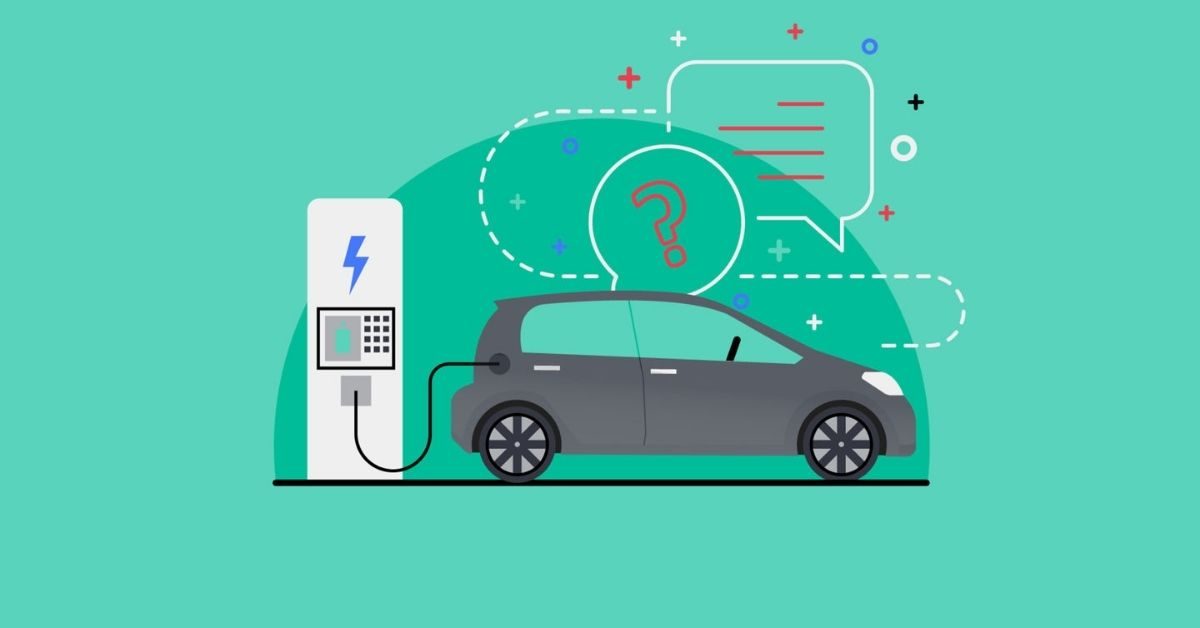Electric vehicle (EV) adoption is gaining traction in the country with more vehicles sold in the first seven months than the whole of 2020.
A positive outreach by manufacturers including improved charging infrastructure along with price parity with conventional vehicles on the back of government incentives and falling battery prices are driving demand for EVs, particularly for two- and three-wheelers from logistics and ecommerce players, industry officials said.
Electric vehicle manufacturers sold 121,170 units across all categories between January and July against 119,647 EVs sold in the whole of last calendar year, data collated by the government’s Vahan portal shows.
| Month | Unit sales | EV share in total vehicle sales |
| January | 16,214 | 1 |
| February | 19,120 | 1.25 |
| March | 26,079 | 1.55 |
| April | 14,178 | 1.18 |
| May | 3,310 | 0.61 |
| June | 11,190 | 0.91 |
| July | 26,157 | 1.67 |
(Source: CEEW-CEF Analysis)
July recorded the highest monthly EV sales in the last two calendar years at 26,157 units. This represented 1.67% of all vehicle sales sold in the country across all categories last month. Share of EVs in overall vehicle sales has been growing steadily this year from 1% in January.
“The tide is clearly turning towards EVs” said Sulajja Firodia Motwani, CEO of electric vehicles maker Kinetic Green Energy & Power Solutions. “The inflection point is the price parity between EV and conventional engine vehicles, the recent government incentives and the falling battery prices, which is working in favour of EVs.”
The Kinetic group company is seeing a lot of traction from ecommerce companies and logistics partners for electric three-wheelers, Motwani said.
State and central government incentives have helped bring down on-road electric vehicle prices at par with petrol or diesel-powered vehicles in many states.
For example, a Kinetic Safar Jumbo 500 KG pay load three-wheeler with lithium ion battery is priced at Rs 3 lakh after the subsidy under the central government’s Fame 2 scheme.
A similar payload ICE models like Piaggio Ape or Bajaj Maxima also costs Rs 3 lakh.
Now, operational cost of EVs is much less in comparison as petrol and diesel prices move northwards, crossing the Rs 100 mark in some states.
“So, in addition to upfront price parity, there are large savings on running cost too”, Motwani said.
An 8 KWh lithium ion battery gives a range of 100 km per charge and the running cost is 40 paise per km while the running cost of a similar diesel-powered vehicle is around Rs 4 per km, she said.
Several states, including Maharashtra, Tamil Nadu, Karnataka and Uttar Pradesh, have rolled out incentives to encourage mass adoption of EVs in recent months. This has led to a number of electric two-wheeler makers launching e-bikes and scooters in the sub-Rs 70,000 price point. Most existing electric two-wheelers retail for between Rs 80,000 and Rs 1.4 lakh.
Experts said the subsidies will increase adoption, encourage research and development (R&D) and innovation, and help in making EVs reach about 10% of the overall two-wheeler market in five years, up from 1% at present.
“The Indian market for e-two-wheelers will hit five million units in three years as the latest financial support announced by the government will no doubt help make e-two-wheelers more affordable,” said BVR Subbu, an auto industry veteran who is on the board of Ola Electric that is set to launch its e-scooter next week.
Subbu is a director on other boards like Ampere Vehicles, SONABLW and KPIT Technologies – all companies with a deep involvement in the EV revolution.
Meghna Nair, research analyst at policy research institute CEEW Centre for Energy Finance (CEF), said companies sold 47,561 electric two-wheelers in the first seven months of 2021 compared with total sales of 27,269 e-two-wheelers in entire 2020. Electric three-wheeler sales have so far reached 67,264 units this calendar as of July end, she said.
“July’s peak sales are attributable to the pent up demand from the months of April, May, and June when all states saw a sharp decline in sales numbers,” Nair said.
“A lot of the individual states (Assam, Bihar, Haryana, Tamil Nadu and UP) saw their highest sales in the month of March, in fact, and are still recovering from the market implications of the second wave (of Covid-19).” These states may see a peak in EV sales this month, she said.
Since January, EV sales have been showing an increasing trend across most states following stronger incentives and policies and the heavy deployment of charging infrastructure across the country.
Infact on August 6, the State-owned Convergence Energy Services ( CESL), a wholly-owned subsidiary of Energy Efficiency Services ( EESL ) issued a tender for procurement of 100,000 electric three-wheelers (E3W).
The tender has been issued inviting original equipment manufacturers (OEMs) to provide quotations for E three wheelers for use in garbage disposal, freight loaders, food and vaccine transport and passenger autos that has a direct impact on livelihood generation and public health, the company said.
Source : Economic Times







